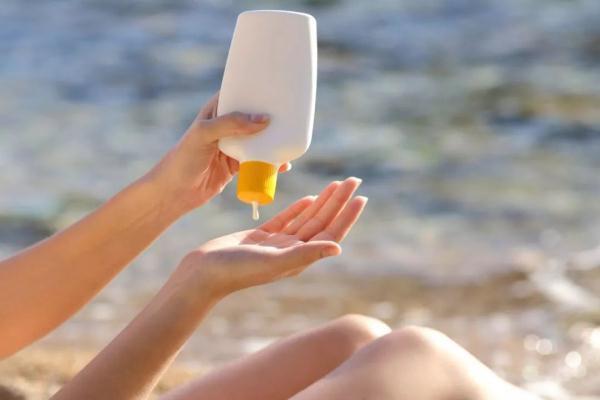Sunscreen’s Chemicals Go Through Skin to Bloodstream
The active chemicals of commonly-used sunscreens end up in a wearer's blood. The U.S. Food and Drug Administration, or FDA, reported recently that the chemicals are present at much higher levels than current government health rules permit. For this reason, the researchers call for more safety studies.
From sunburn to skin cancer protection
Sunscreens were first sold to prevent sunburn and did not have to meet many government regulations. Now they are widely used to block radiation from the sun that can cause skin cancer, the most common kind of cancer in the United States.
To test some of the effects of sunscreen, researchers worked with 23 volunteers. They tested four forms of sunscreen by putting it on most of the volunteers' bodies four times a day over four days. Then, they did blood tests over seven days to find the levels of certain chemicals absorbed into the volunteers' blood.
The study looked for the chemicals from sunscreen in plasma, the watery part of blood that contains blood cells. It found four chemicals to be well above the level at which FDA guidelines call for further safety testing. They are avobenzone, oxybenzone, octocrylene and in one sunscreen, ecamsule.
The effects of plasma concentrations above the FDA's limit is not known. The research team wrote in the Journal of the American Medical Association (JAMA) that there must be more studies on how the chemicals affect humans.

Keep using sunscreen to protect skin from the sun
But these results do not suggest that people should stop using sunscreen to protect against the sun's harmful ultraviolet (UV) rays, researchers said.
Two researchers added their opinion in an article that followed the report. Robert Califf and Kanade Shinkai said the fact there were high levels of the chemicals in blood does not mean they are unsafe.
"The study findings raise many important questions about sunscreen and the process by which the sunscreen industry, clinicians, specialty organizations, and regulatory agencies evaluate (its) benefits and risks."
David Andrews is a senior scientist at the nonprofit health and environmental advocacy group Environmental Working Group. He called for thorough testing of sunscreen ingredients.
"For years the sunscreen chemical manufactures have resisted common sense safety testing for their ingredients and now FDA is proposing that these common ingredients must undergo additional testing to stay on the market," Andrews said.
However, the Personal Care Products Council trade association pointed out some problems with the study. They fear that people may not understand it well and could stop using sunscreen.
The volunteers in the study put on two times as much sunscreen as people usually apply in everyday use, said Alexandra Kowcz, the group's chief scientist.
I'm Jill Robbins.












